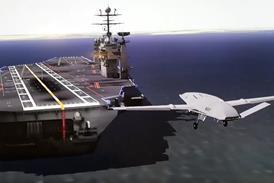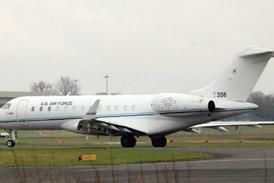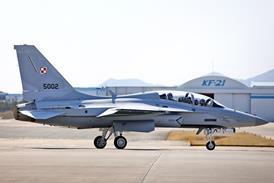As carriers have placed a raft of new orders over recent months, the International Air Transport Association sees some threat of excess capacity, yet assures that airlines' published schedules suggest capacity growth will remain in line with demand.
IATA calculates in its July-August financial monitor that new deliveries remain at or above 100 a month and that since the beginning of 2010 the in-service fleet has grown by 2%.
However, IATA also explains that since passenger capacity on international markets has grown 5% accompanied by a 9% rise in freight capacity, "there must have been some improvements in aircraft utilisation, which is encouraging".
Even as orders rebound and some aircraft are being removed from storage, IATA believes the current supply-demand balance is rational.
IATA says that capacity growth looks modest in 2010, but that is somewhat distorted since little capacity was added during the economic downturn in 2009.
But IATA concludes that since late last year both passenger and freight capacity has been returning to the market at a similar pace to an expansion in demand.
Between December 2009 and July of this year IATA estimates that air travel volumes increased by 8% on annualised basis while freight volumes rose roughly 17%. The association explains that is slower than the 12% rise in passenger volume and 28% jump in freight during the post-recession back half of 2009, but still above the 6% trend.
While traffic volumes remain encouraging, average one-way economy fares are still 5% below early peaks of 2008, but 15% higher than a low of $286 in 2009. Premium fares still remain 20% below pre-recession highs, says IATA.
Carriers have seen some stabilisation in fuel prices as IATA estimates that jet fuel prices have averaged $87 per barrel for the last 12 months, and the crack spread remains "historically low" at 15%.
IATA explains forward curves and most forecasts suggest relatively little change in the next year, but the long-term trend "remains upward".
Source: Flight International























